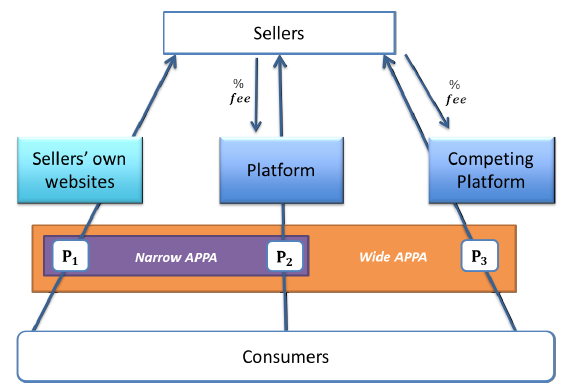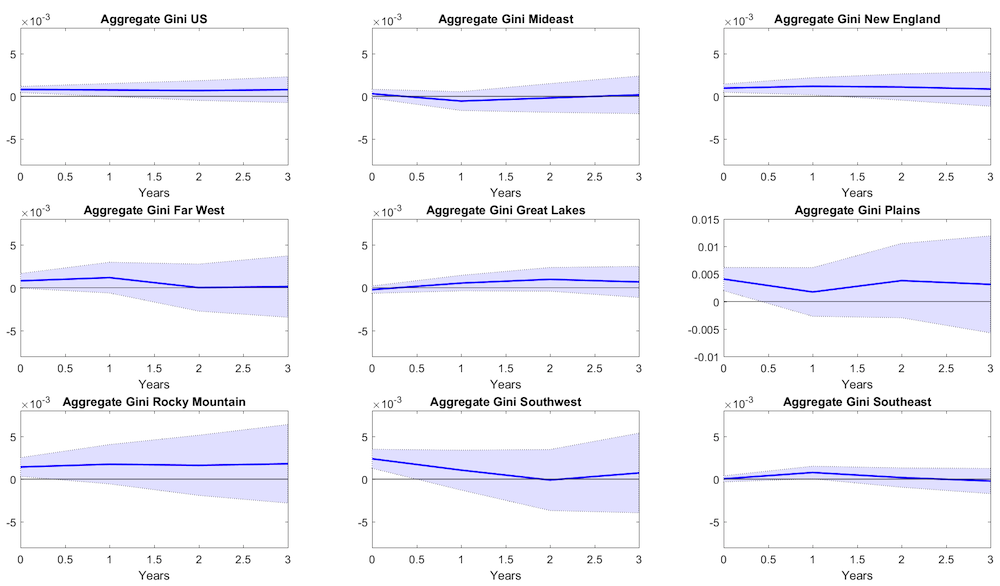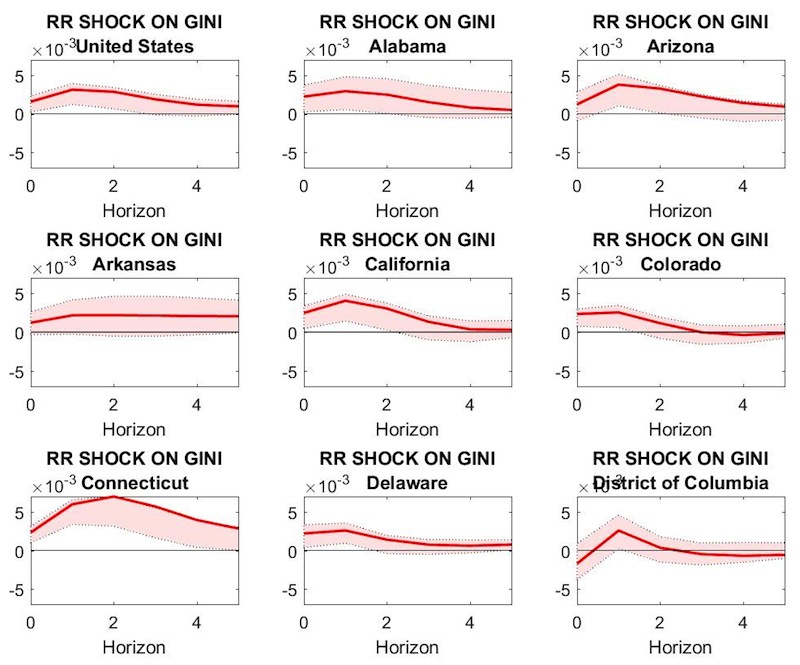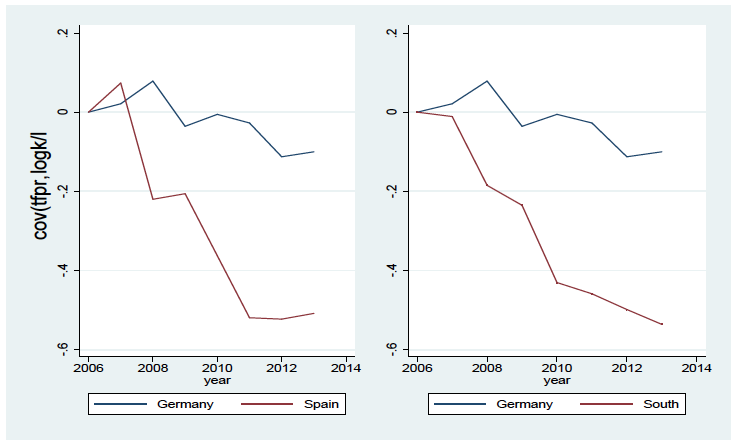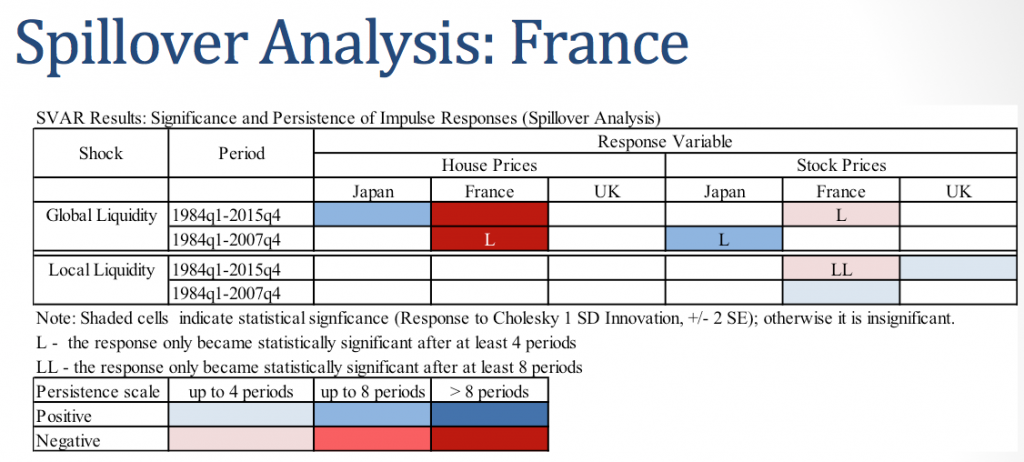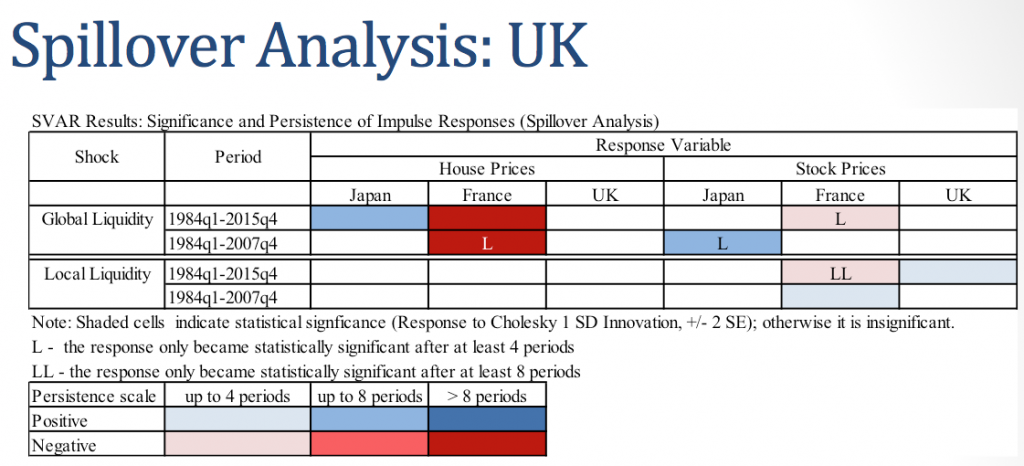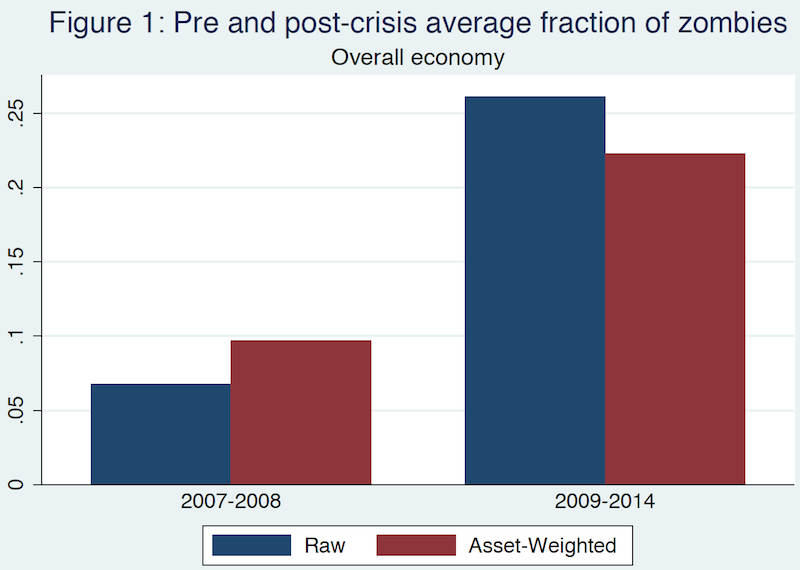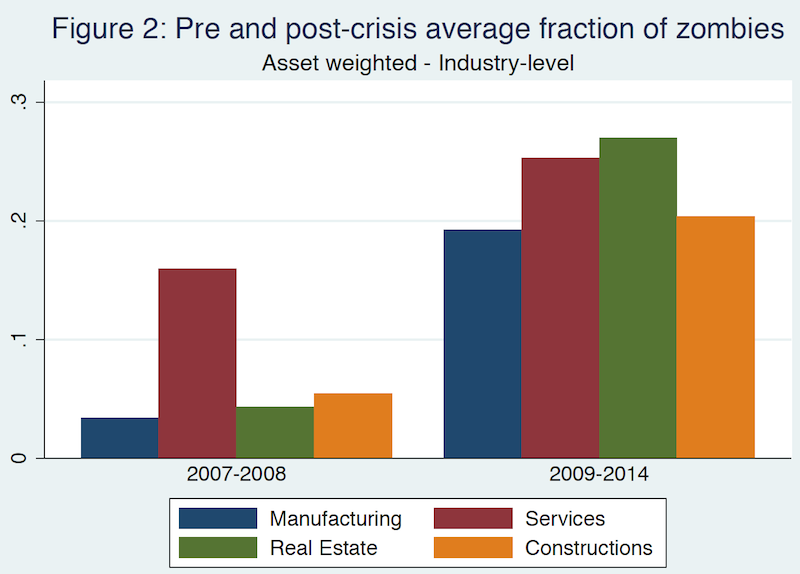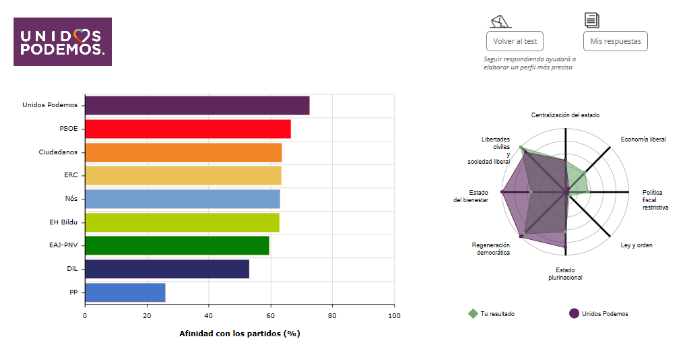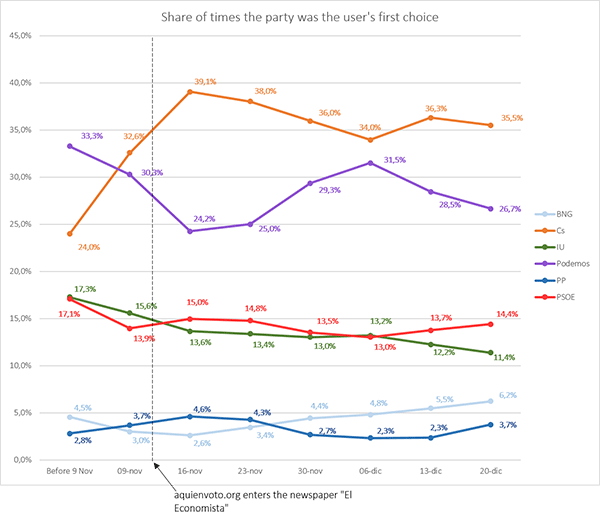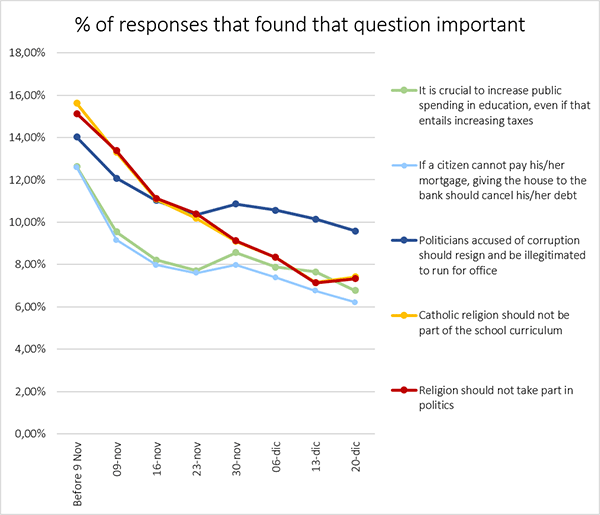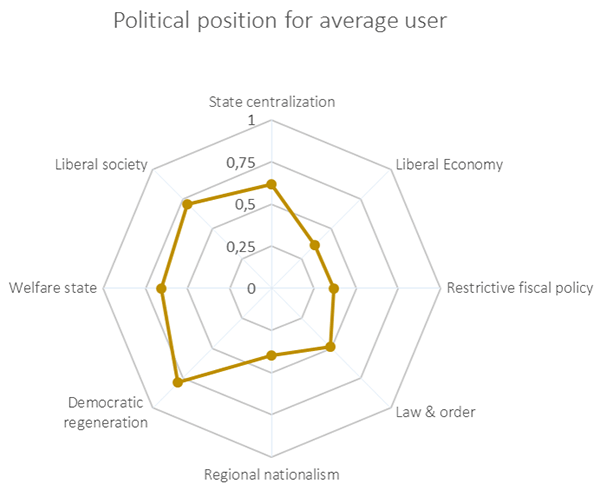Editor’s note: This post is part of a series showcasing Barcelona GSE master projects by students in the Class of 2016. The project is a required component of every master program.
Authors:
Elena Costarelli, Rosamaría Dasso Arana, Bárbara Sparrow Alcázar
Master’s Program:
Economics
Abstract:
Using administrative data from the Ministry of Education in Peru, we analyze the effect of being near a Beca 18 beneficiary -a new scholarship program for high school students- on the academic achievement of second grade children. Previous literature suggests that information about the potential returns to education plays an important role on students’ achievement. Our hypothesis is that having a fellow nearby might change the perception of younger children and of their parents about returns to education, thus leading them to invest more on it. We use a difference in difference approach to test this hypothesis in a school panel data setting. As we are interested in the effect of information transmission, we use GPS location data to identify which schools are near a Beca 18 beneficiary. We test for several distance specifications with consistent results. Our findings suggest a positive spillover effect of the program on younger children in both reading and math performance.
Introduction:
Access to tertiary education is a well-known motivation for students to perform better at school. Good students are usually the ones that are able to attend better universities which in turn allows them to improve their living conditions. This is true in most developed countries, where access to good quality higher education is a possibility for most students. However, in the case of many developing countries, market failures and government limitations do not allow students to consider this possibility.
When facing the decision of educating their children, many families may consider it to be an unprofitable investment. Little information about the benefits of education in terms of higher future income and the lack of success stories among people close to them may all contribute to this perception. In this regard, the impact of a program that makes access to tertiary education may possibly affect the way people value education in a significant way. If parents and children are aware that been a good student may have a tangible future reward, their investment decisions may change.
Access to tertiary education is greatly limited to children from poor families in Peru. To address this issue, the Peruvian government recently created the Beca 18 program. Beca 18 is a merit/need based scholarship program that targets students applying to higher education institutions such as universities and technical institutes. The program gives selected students the opportunity of attending the best tertiary schools in the country. Before the program existed, even access to public universities was very limited. Beca 18 can be considered as one of the first real opportunities for children of low resources in Peru to access high quality tertiary education.
Current literature suggests that there is a positive relationship between policies that increase the perceived returns of education and educational outcomes among children. There is also evidence that supports that future access to scholarships and merit based programs may encourage better school performance. In this paper, we will analyze the impact of Beca 18 on the school performance of second grade children. To do this, we use test score data from the Ministry of Education and administrative records from the Beca 18 program. Using a difference in difference approach, we were able to identify a positive impact of being near a program beneficiary on both math and reading proficiency outcomes.
Conclusions:
Our results suggest that the Beca 18 program has relevant spillover effects on the educational outcomes of younger children. Guided by our conceptual framework, we would expect this result to be a consequence of the fact that children and parents exposed to Beca 18 beneficiaries update their information about perceived returns to education, leading them to invest more time and resources in obtaining better educational results.
We also find that effects on math test scores are stronger and more robust to several specifications than effects on reading test scores. This result is consistent with findings of other studies suggesting that math scores are more quickly affected by changes in study behavior. We also find that the effect of being near a beneficiary decreases as the distance to the school of the beneficiary increases. This result is consistent with our hypothesis that the improvements in educational outcomes are a result of information transmission.
Another result worth discussing is that we found that the effect of the program is larger when the number of beneficiaries nearby increases. This suggests that investment decisions are affected by how likely it is to get the scholarship. It may also suggest that the investment decision may vary if there are more people acting as role models.
Overall, our results are relevant from a policy perspective. We present evidence that the program has relevant spillover effects that should be considered when evaluating its benefits. As public programs in Peru are under continuous scrutiny, further evidence that supports the program’s effectiveness is of greatly useful to ensure its continuity. Also, as our results suggest that the number of beneficiaries matter for investment decisions, the expansion of the program could lead to even greater spillover effects.
It is still important to note that the effects found here are not the main intended effects of Beca 18: the scholarship program was designed as a supply side policy intervention. Our findings support the idea that this program can have important demand side effects worth considering. We would also expect for these effects to increase over time: the success stories of current beneficiaries in the labor market could lead to an even greater increase of the expected returns of education.

